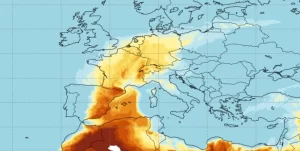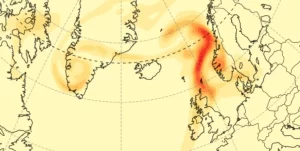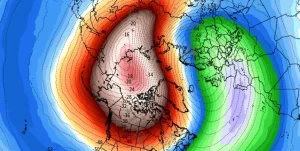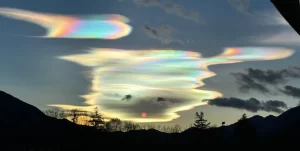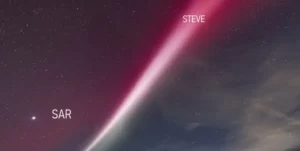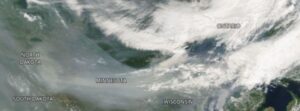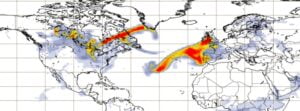Exceptionally intense Saharan dust episode over Europe degrading air quality, suggesting changes in atmospheric circulation patterns
The third large wave of Saharan dust in just two weeks is moving over Europe, significantly increasing PM10 concentrations at ground level for the Iberian Peninsula, and some parts of France and Germany.

